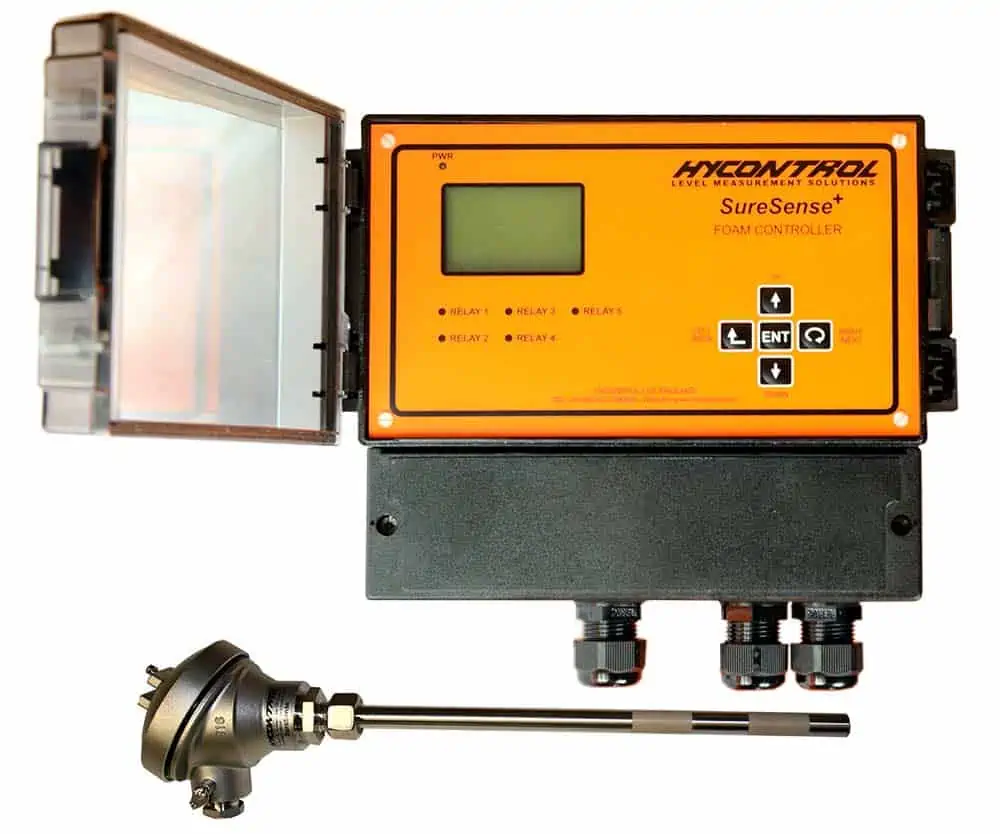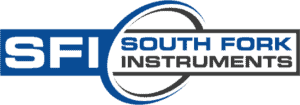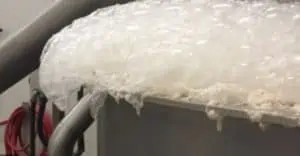
Effective foam control is essential in biopharmaceutical processing, especially in bioreactors used to produce antibiotics, vaccines, steroids and other lifesaving drugs. This is because excessive foam buildup can lead to batch failure, with costs that may run into the thousands of dollars.
In the preparation of agricultural products such as potatoes, sugar beets and dairy products, foam is caused predominantly by the presence of surface-active substances such as proteins, fatty acids and sugars. The control and abatement of foam is essential in preventing overflows, blocked filters, contamination, and damage to pumps and other equipment, all of which require expensive and time-consuming cleanup.
How does foam form in industrial and manufacturing environments?
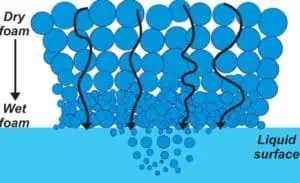
W hy is it necessary to control foam?
hy is it necessary to control foam?
Foam is a problem because it can alter natural liquid flow in systems and block process interactions, such as oxygen transfer from air. To prevent foam buildup in industrial processes, antifoam additives such as silicone oil are often used, but the amount of additive used can be difficult to control, and overdosing can be very costly and counterproductive. Additives work by reducing surface tension of the liquid films within the foam, causing them to more rapidly break down and dissipate. However, the additives themselves can have some unwanted side effects, such as reducing the mass gas transfer rates in bioprocessing into the process medium, contaminating the end product, and even creating environmental concerns, so it is essential that excess use is avoided.
What are the most common methods for controlling foam, and their advantages and shortcomings?
In many processes where foam must be kept at bay, it is common to have a constant additive feed. While effective as a method of preventing foam, it assumes that the process will always produce foam, even when it doesn’t. Where this process isn’t automated, additive is added by “the bucket,” or pumps are activated manually when foam becomes an issue. However, this relies heavily on someone noticing the problem and keeping tabs on it until it is resolved. Human nature being what it is, there is often a tendency to “overdose” or pumps turned on are left on because the operator is called to attend to other things. Whether this strategy is automated or implemented manually, it is clear that the high cost of de-foaming additives makes this method an expensive solution to foaming issues.
For the more enlightened who implement automatic dosing systems that detect foam and dispense additives only when required, the potential for cost savings is large. Probes are commercially available which can be easily retrofitted to provide continuous feedback of foam condition. An increasing number of companies are adopting this easy and effective approach to mitigate foaming issues. From simple switches to systems with built-in controllers that directly operate antifoam additive pumps or open vacuum breaker valves to break down foam as it forms, automatic systems can make a significant difference in the way a plant is operated and maintained.
What financial costs are associated with foam control?
Let’s be clear, foam can cause a variety of expensive and time-consuming problems. Aside from the actual cost of the additives themselves, environmental pollution, potential product contamination, loss of product, and downtime and cleanup costs resulting from spill-overs from process vessels can add up to a hefty bill.
In addition, excess foam can create secondary costs by limiting product throughput, and even result in damage to equipment such as pumps, filters and valves. Whichever way you look at it, the implementation of effective foam control has a good chance of paying back both CAPEX and OPEX very quickly.
Why should businesses consider newer methods of foam control?
Companies worldwide spend billions of dollars each year dealing with foam issues and the resulting impact on their businesses. Consideration must also be given to the potential long-term detrimental effects of disposal and dispersal of de-foaming chemicals on our health and the environment.
There is clear evidence that considerable savings can be made by actively controlling the addition of antifoaming chemicals, and with the availability of products specifically designed for reliable foam detection and control—such as those from Hycontrol—there is no need for companies to continue with existing manual methods and outdated control systems.
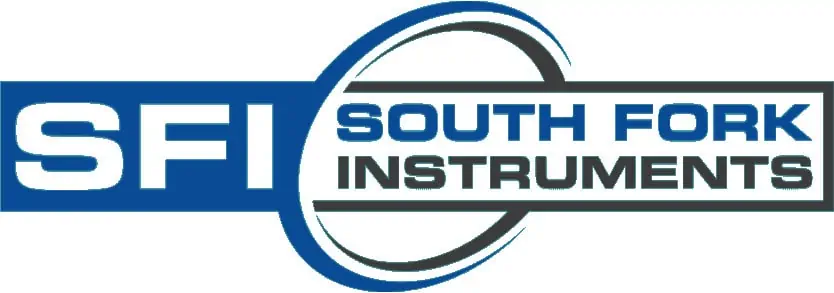
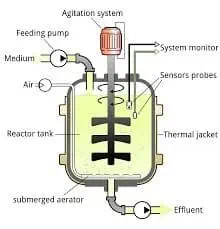 hy is it necessary to control foam?
hy is it necessary to control foam?